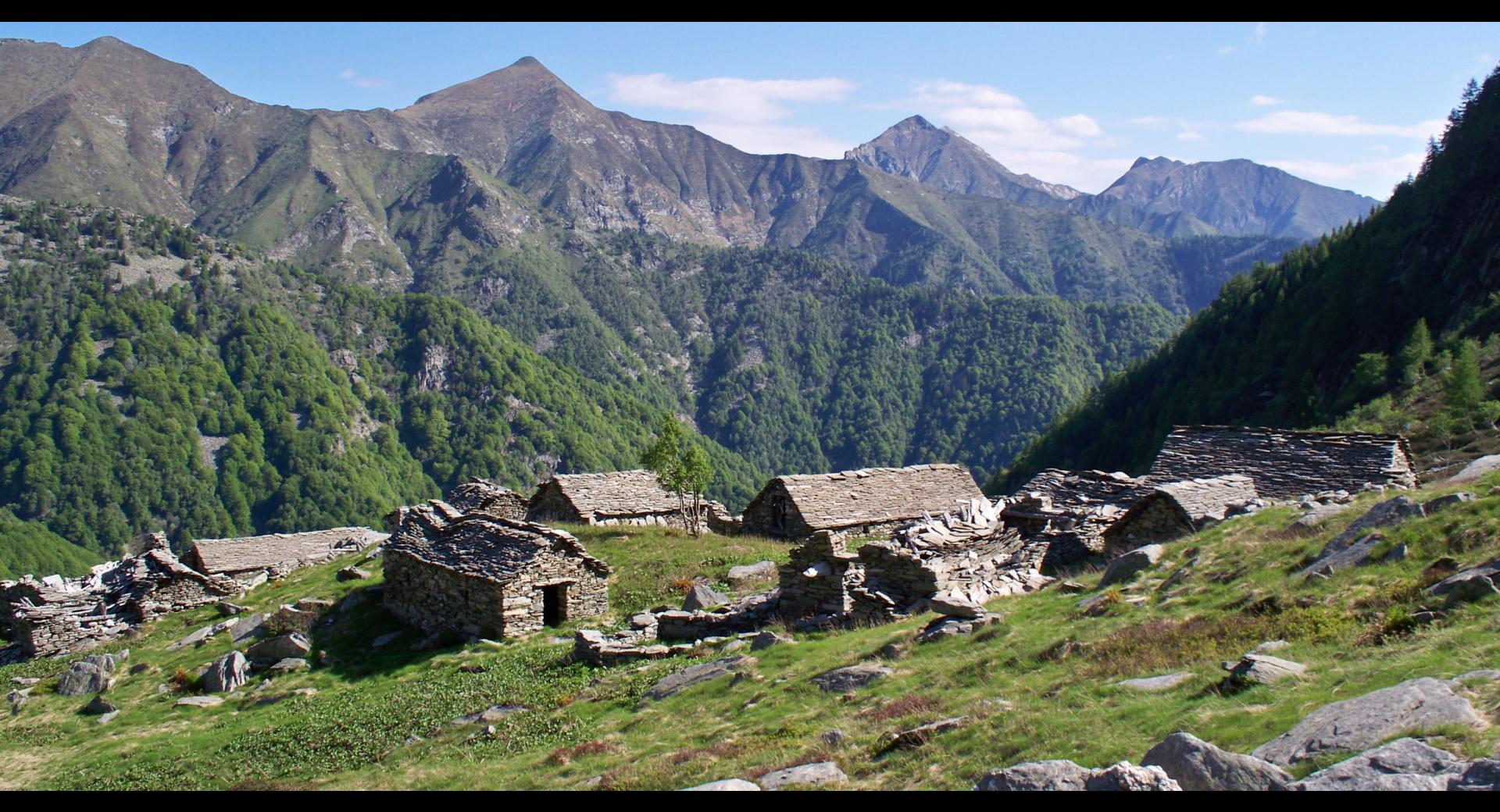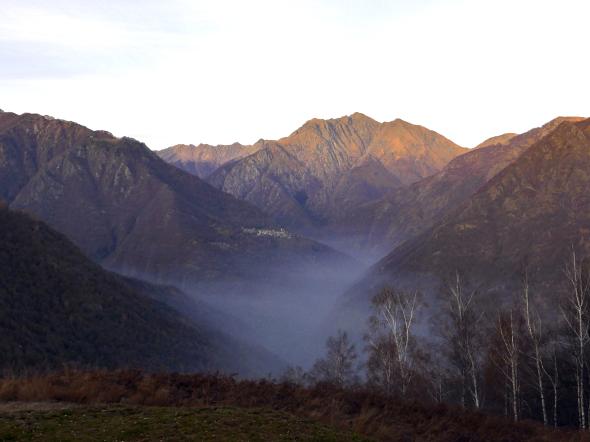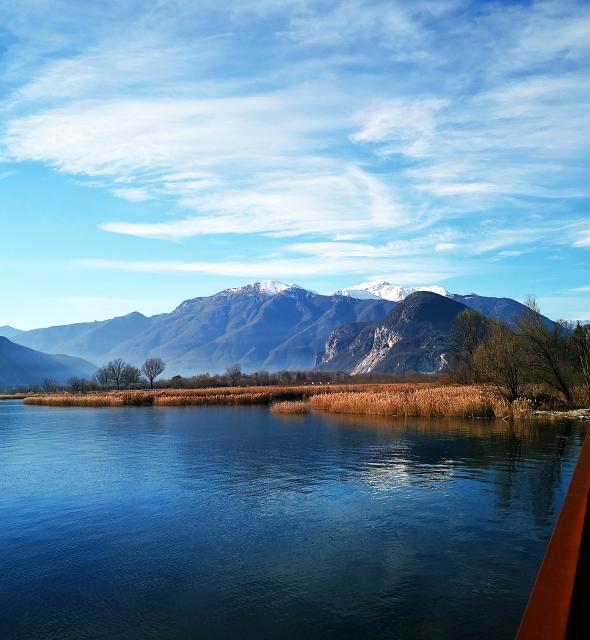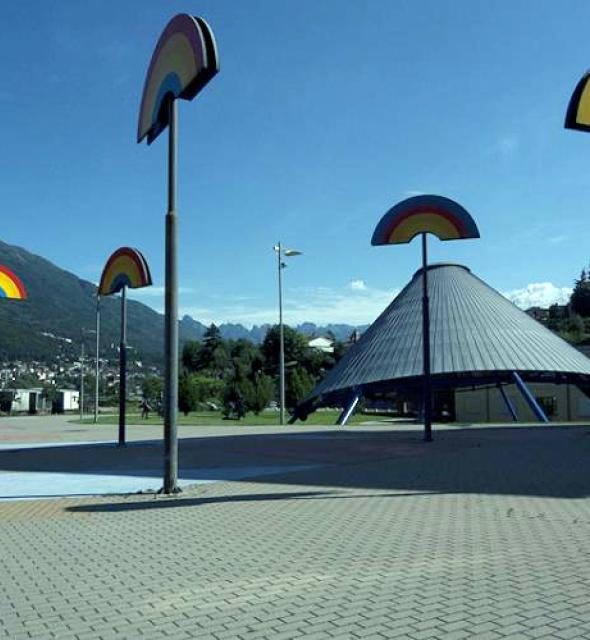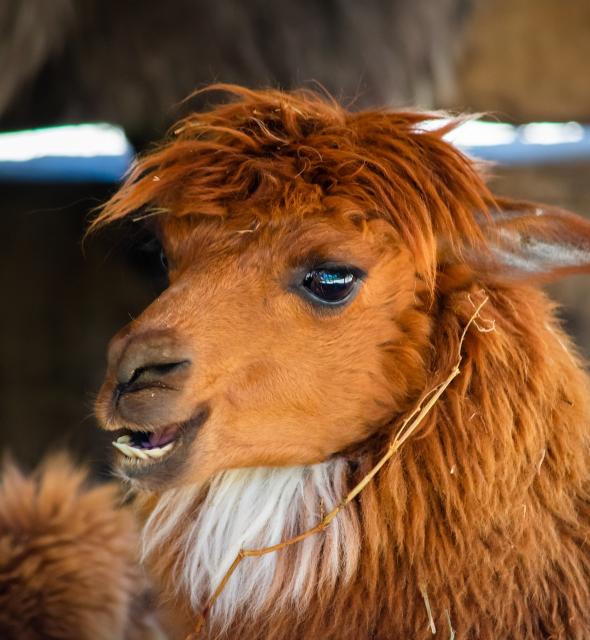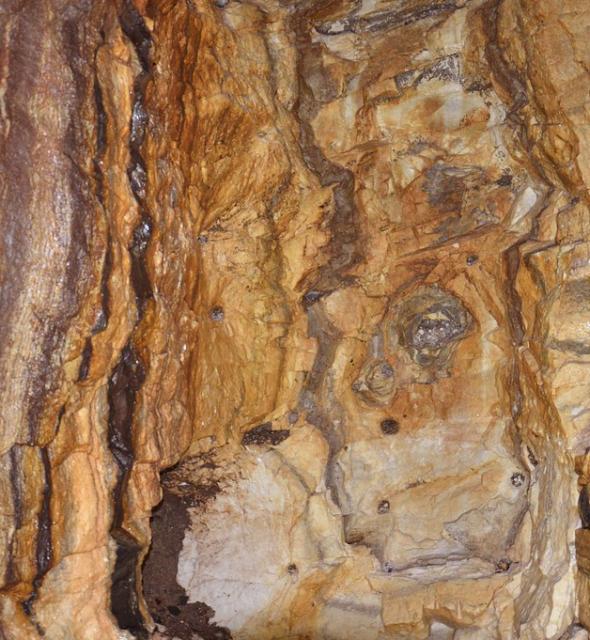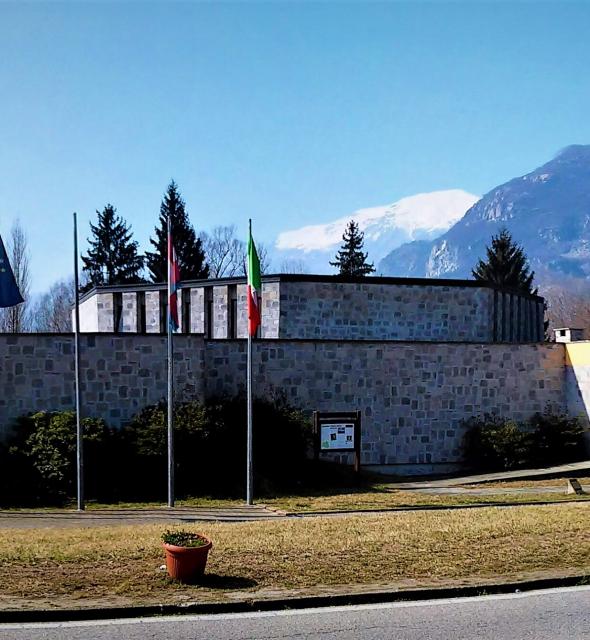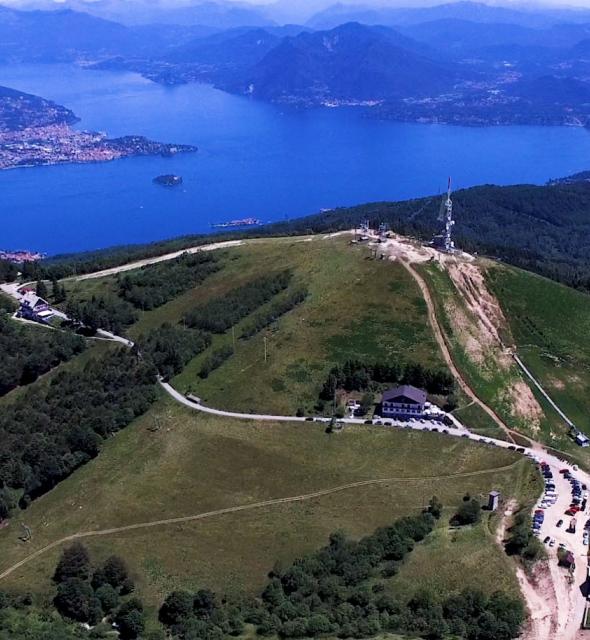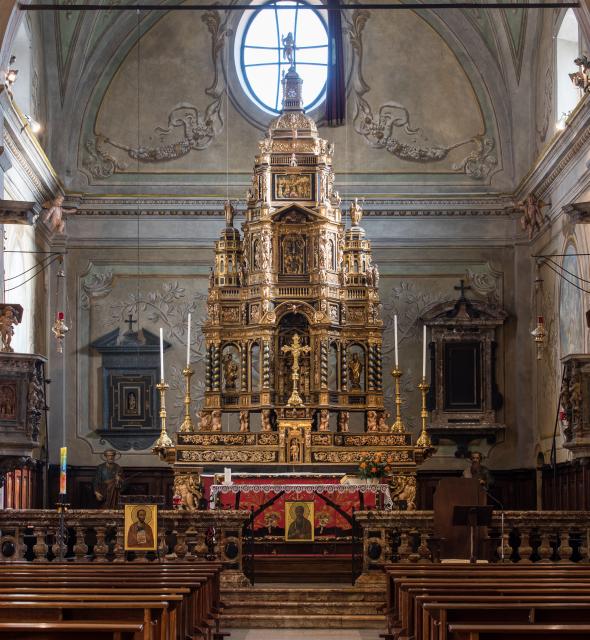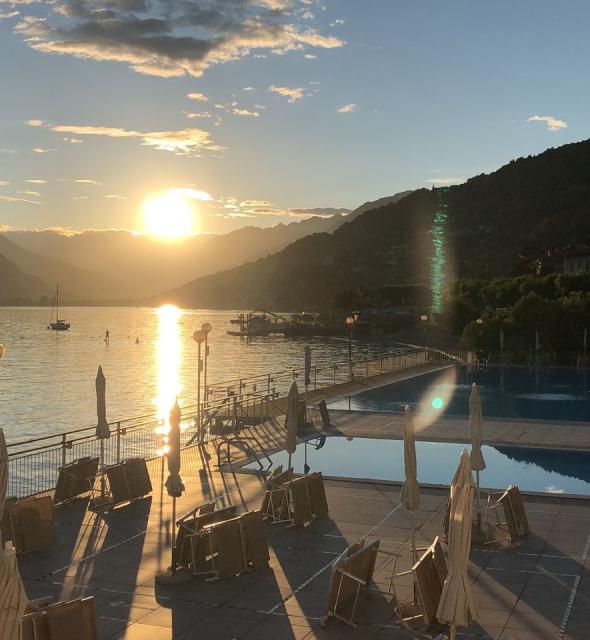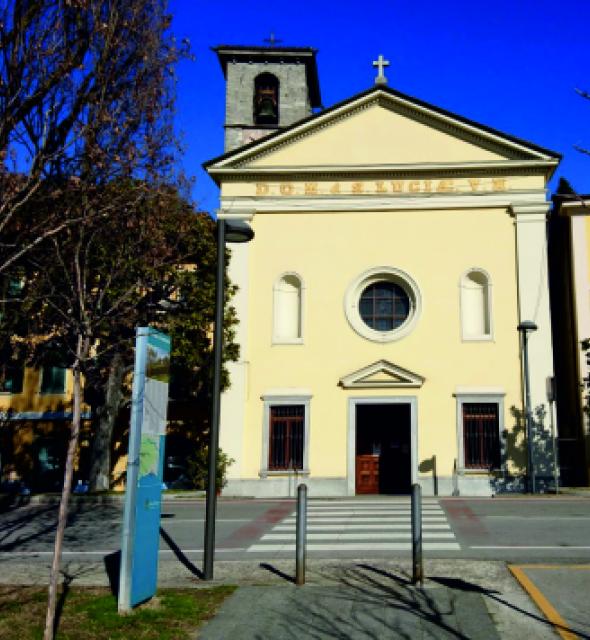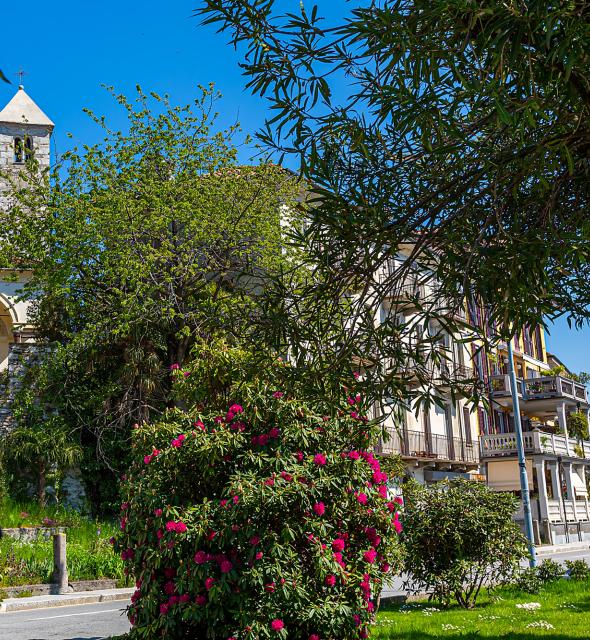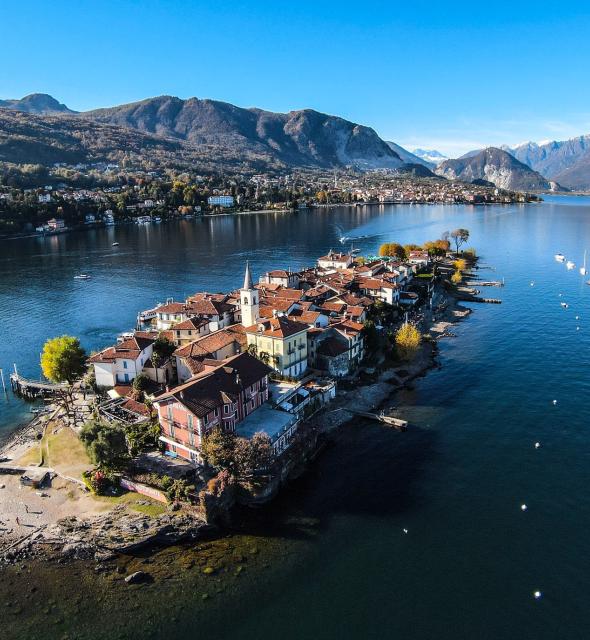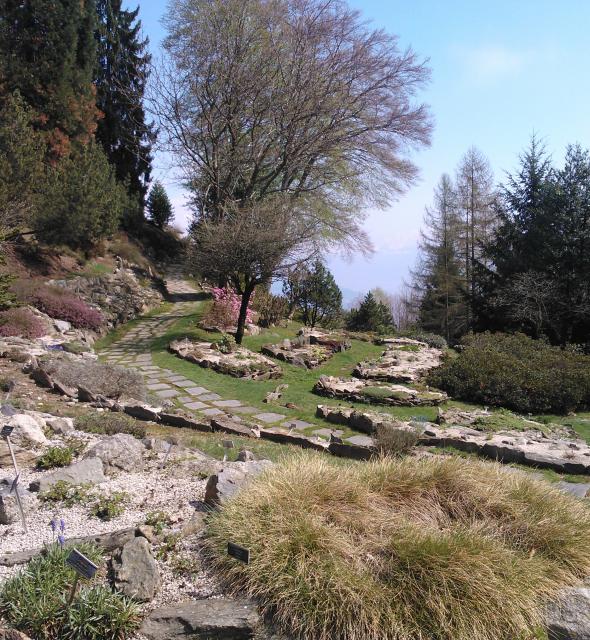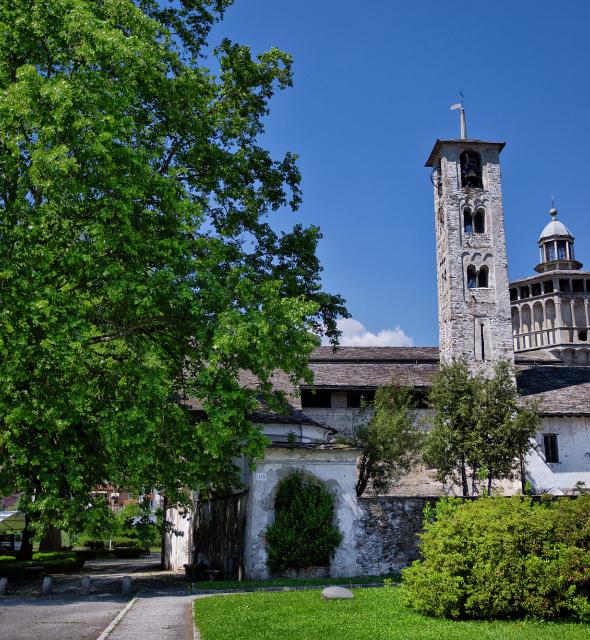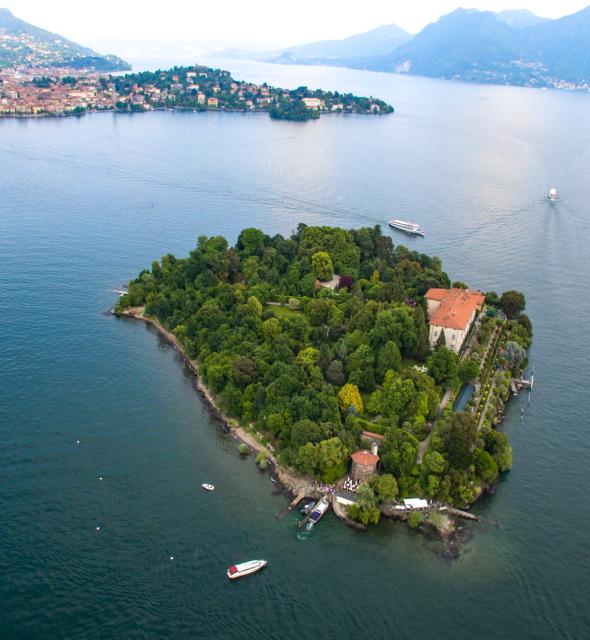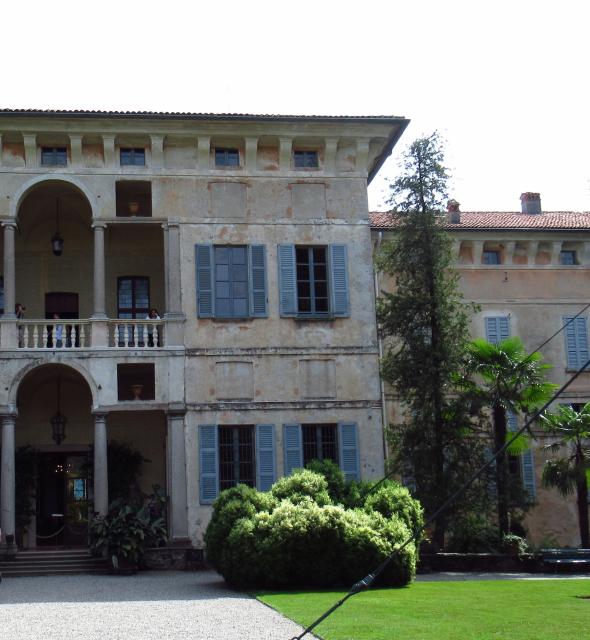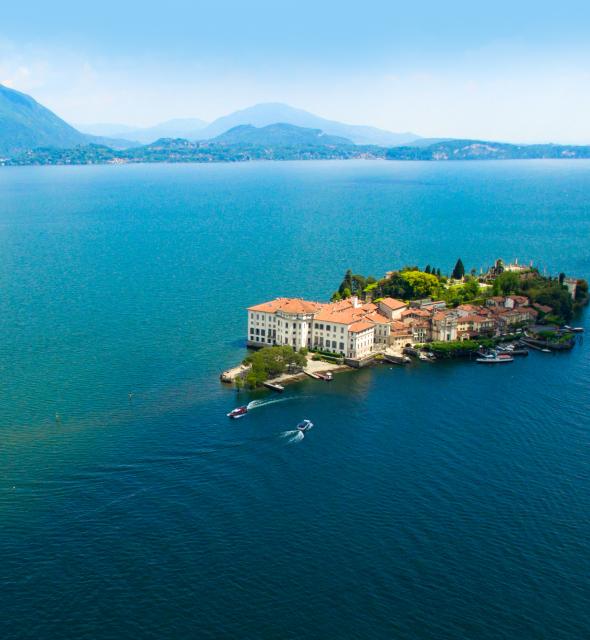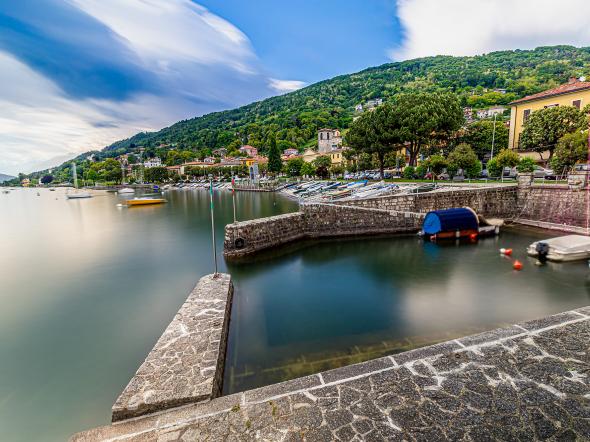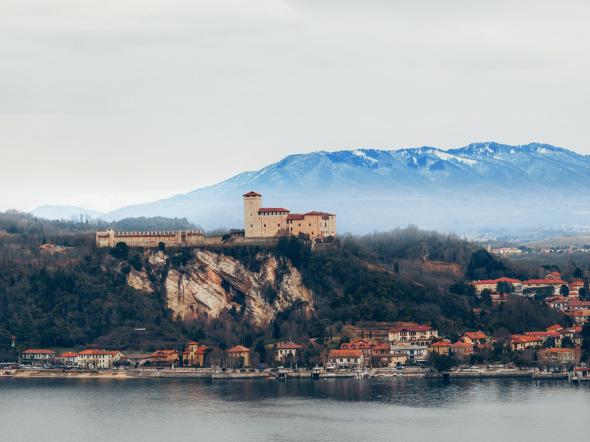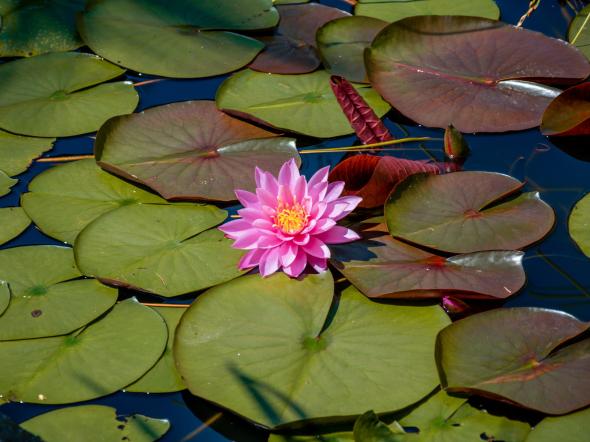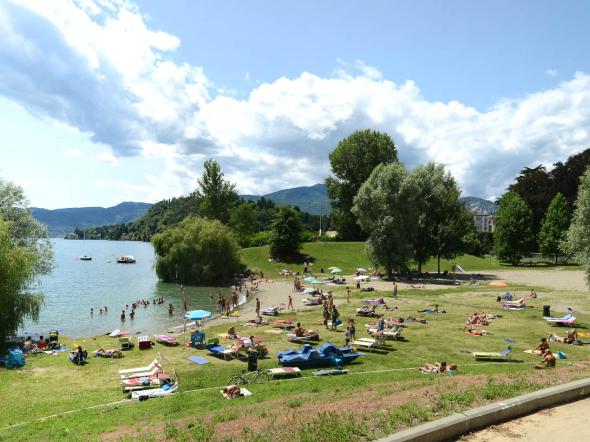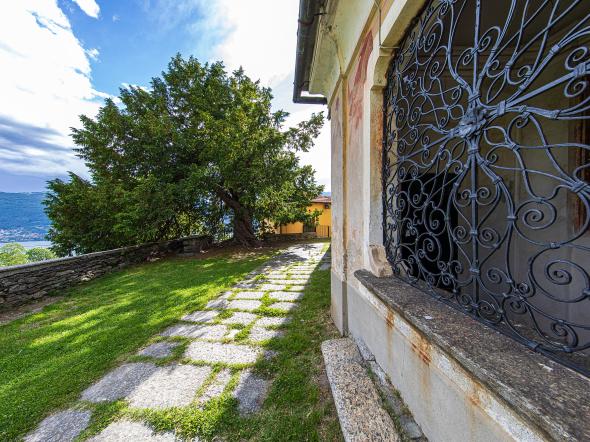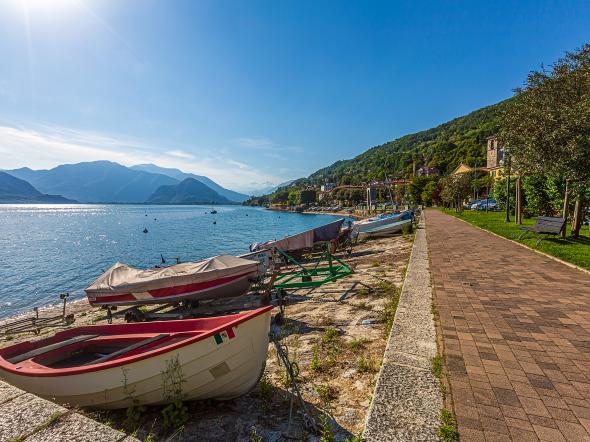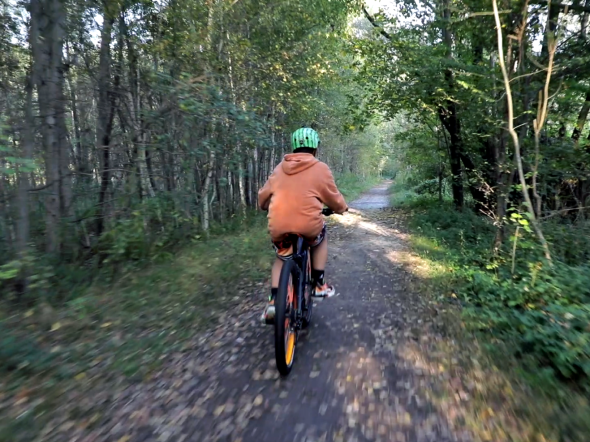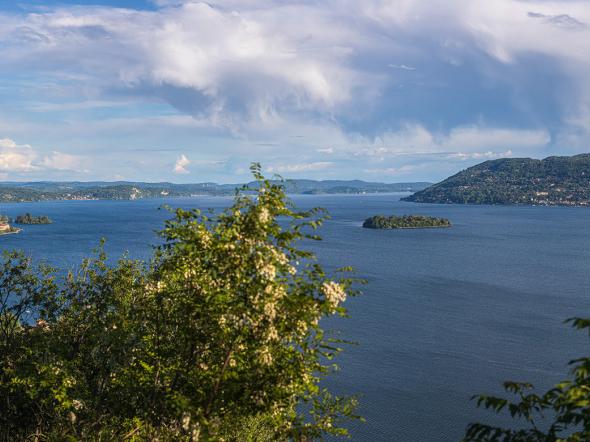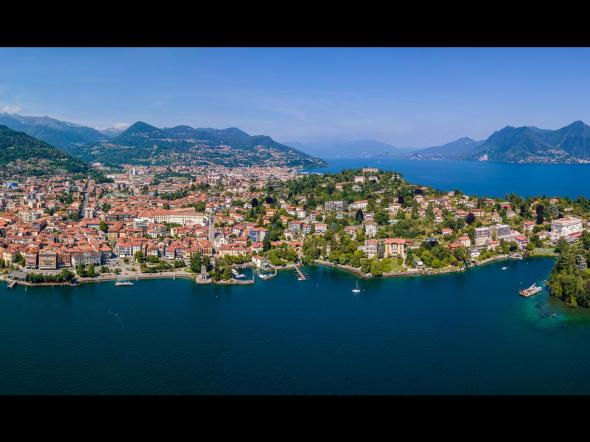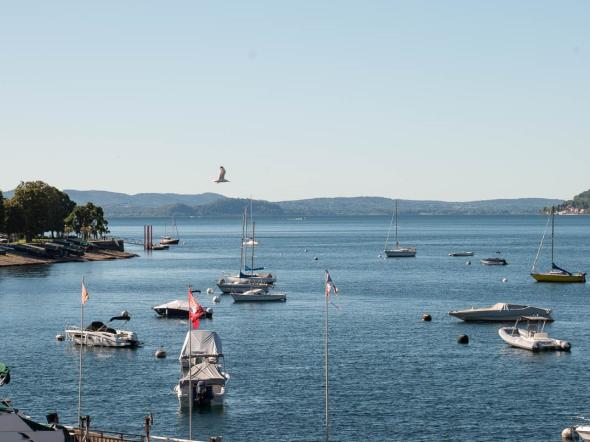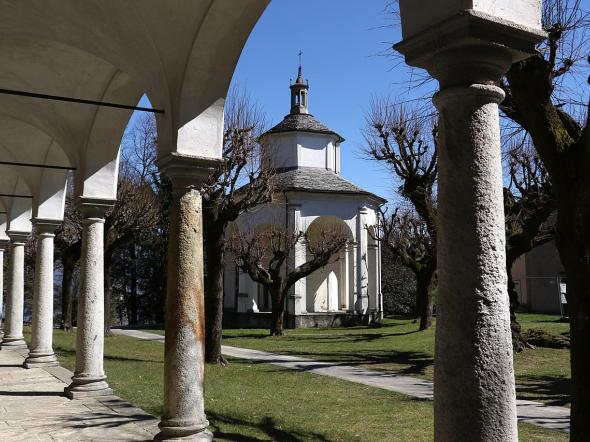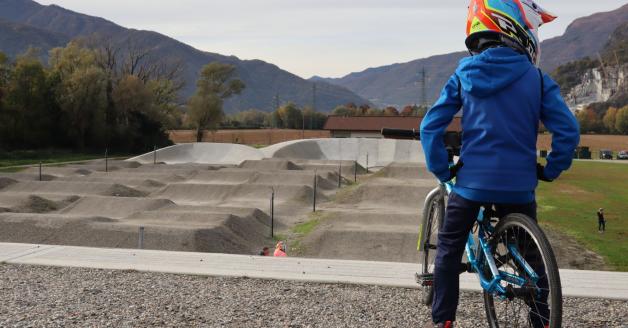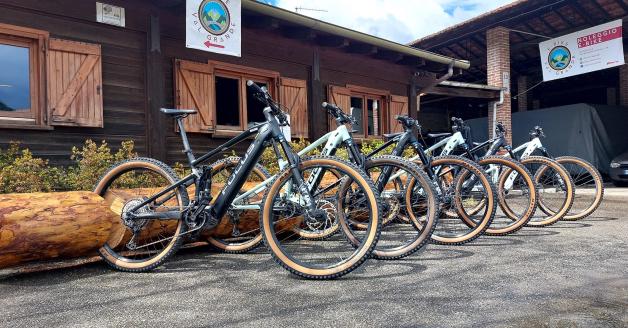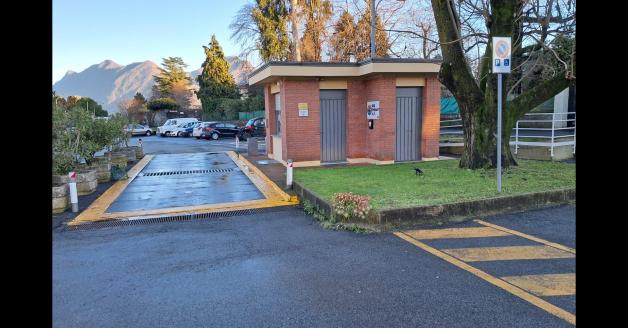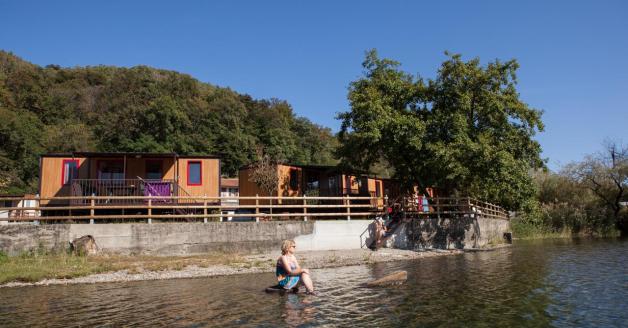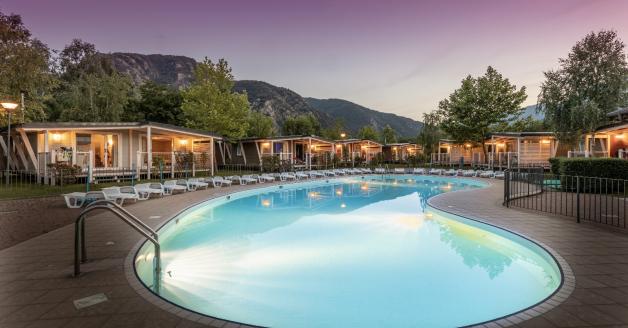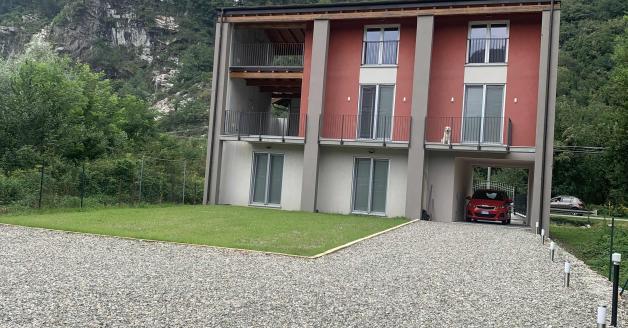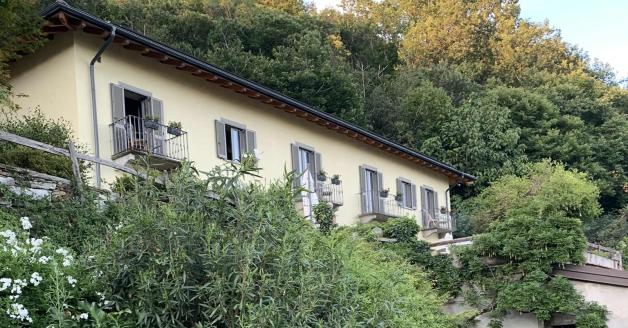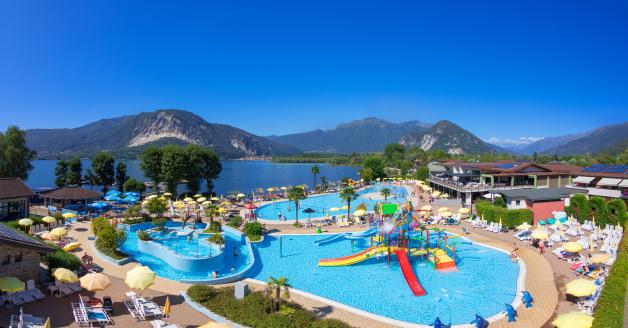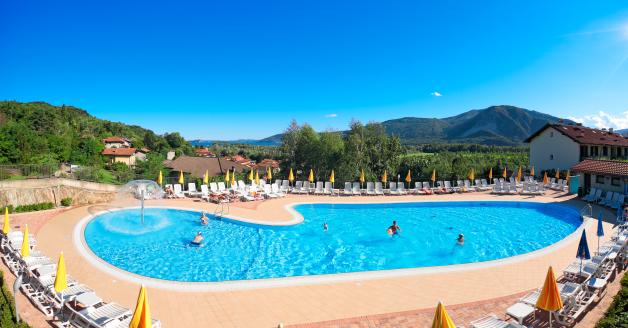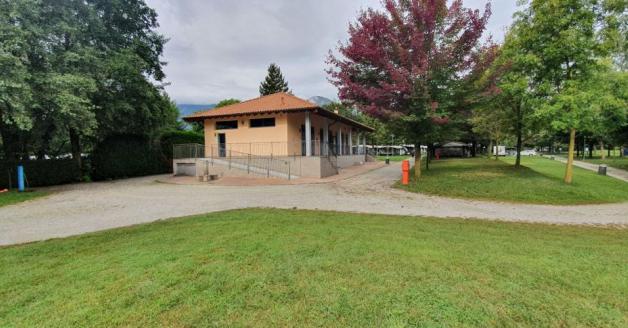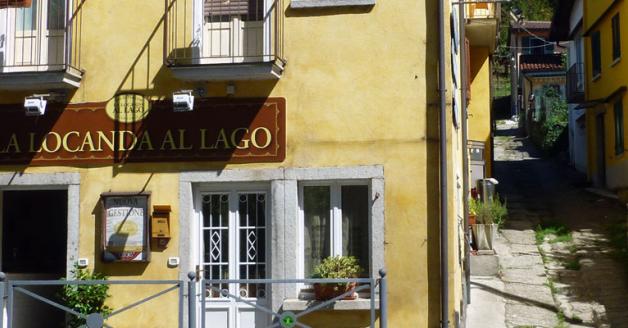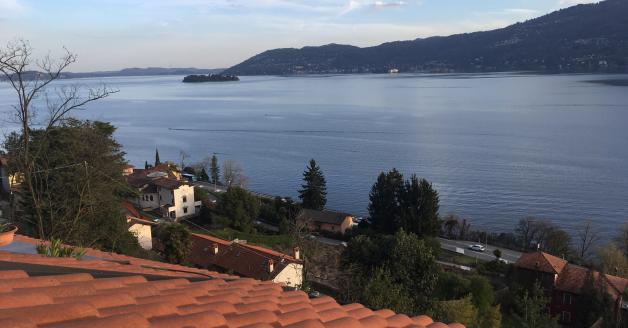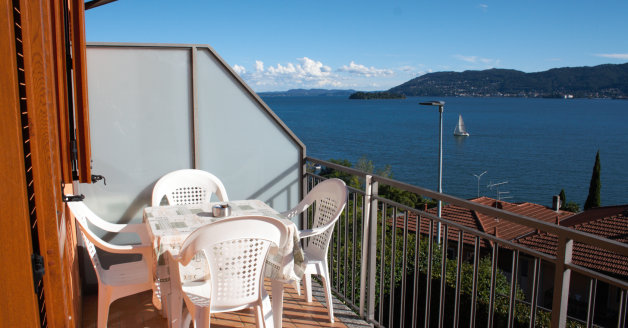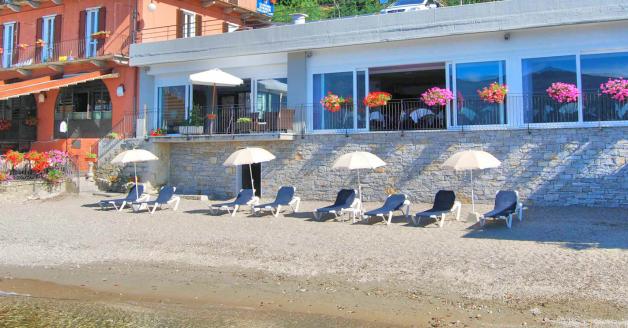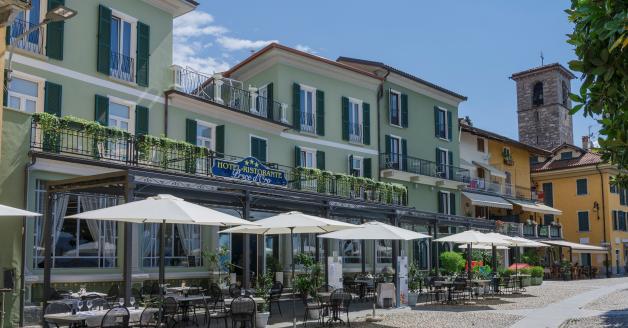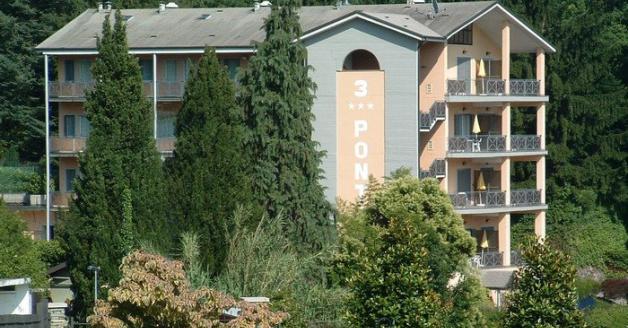Piazza Pretorio, 6 - Vogogna
For centuries its gorges, pastures, passes and precipices have been the backdrop to the “civiltà della fatica”, the hardworking populations of the Alpine valleys who toiled for a living, coexisting with harsh yet enchanted environments, at a time when the right to graze had the same value as that of life.
During the Second World War it became a refuge for the Resistance against Nazi-fascism, paying a high price in blood. Then, in the post-war period, it was forgotten by humans. The mountaineers’ descendants moved down to the valley to work in the factories and, once again, nature returned to take possession of the Val Grande.
Today the Valley has become a National Park, it is the largest protected wilderness in Italy and in the Alps covering circa 15,000 hectares and, in addition to the Val Grande, it comprises some territories of the Valle Intrasca, Val d'Ossola (Vogogna), the Valle Vigezzo and Valle Cannobina. Soon its borders will extend to include Verbania: a park within the city, a city within the park!
Crossing the Val Grande necessitates hiking expertise and in-depth knowledge of the area, it is, however, a very special journey into a vanished civilization.
Luxuriant nature has reclaimed its spaces in the wilderness: the rocky mountains and the steep surrounding slopes preserve the valley from light pollution, and even radiotelephone signals struggle to penetrate the valley.
However, traces of the human presence of past centuries are still visible within the territory: mountain pastures, mule tracks and hill terraces have been transformed into a wilderness with primordial silences, typical of places where man returns to being a respectful spectator of creation.
Characteristic of the park is the abundant luxuriant flora and fauna. The vegetation varies from deciduous woodlands, including many chestnut trees typical of the lower part of the valley, to the beech trees that cover the slopes of the upper part. There is no lack of coniferous woods, mainly red and white firs, even if in smaller numbers.
Ascending to a higher altitude, the trees thin out to leave space for shrubs and the typical alpine meadows where you can find the alpine columbine flower and the alpine tulips, amongst some of the most interesting and rare botanical species.
Moving slightly away from the few inhabited communities, and gazing up at the steep slopes, it is not difficult to spot chamois, roe deer and deer. Also, in addition to the black grouse and the white-throated dipper, some fortunate visitors may be able to see the golden eagle in the blue sky.
The area of the Val Grande National Park is also of great interest from a geological point of view, thanks to the presence of metamorphic rocks with an outcrop of stones that belong to a portion of the deeper continental crust.
The presence of visitor information centres at the park gates enables everyone to discover the incredible treasures of nature preserved within, even by following the easy trails.
The Val Grande can be rightly proud of having created the first integral Nature Reserve of the Alps, that of the rocky massif of Mount Pedum, in 1967. Whereas the Val Grande National Park was officially established on March 2nd ,1992.
Also noteworthy is that, in 2015, the Val Grande National Park joined efforts with the Valle Sesia Park to become part of the UNESCO Global Geoparks.
The impactful docu-film by Emanuele Caruso “A riveder le stelle” (To be able to watch the stars again) is dedicated to the Val Grande.

